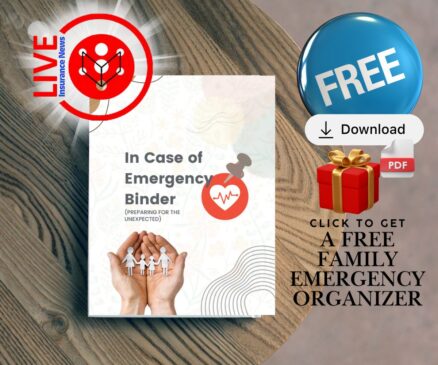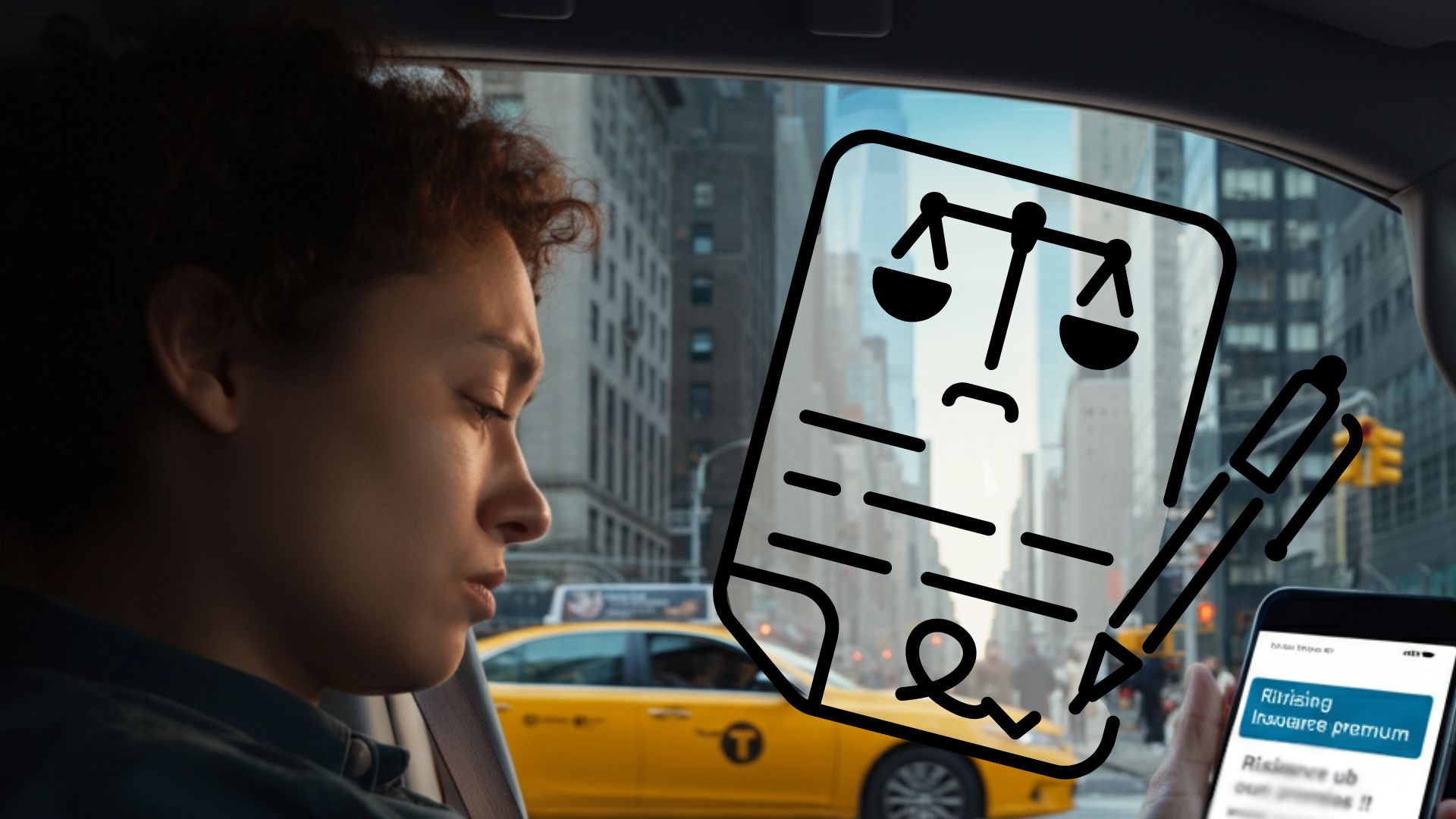Uber Technologies has embarked on a six-figure advertising marathon in New York, targeting lawmakers to address the tangled mess of the state’s insurance markets. With the insolvency of the city’s largest taxi insurer looming as one of the key culprits, Uber’s campaign is both a strategic and high-stakes move. Here’s what you need to know about this complex dance between tech, transportation, and insurance reform.
What’s Driving Uber’s Big Ad Spend?
Rising insurance costs have become a thorn in the side of Uber and its drivers in New York, one of the company’s most significant markets. The central issue stems from the insolvency of American Transit Insurance Co., leaving a hole in New York’s taxi insurance ecosystem. Governor Kathy Hochul proposed a plan earlier this year to stabilize the situation, but Uber’s lobbying team argues it doesn’t go nearly far enough.
The phrase that keeps cropping up in their rhetoric? “Insurance policy abuse.” According to Uber, legal loopholes and fraudulent practices are driving up premiums and forcing drivers and even riders to shoulder the financial burden. The company’s lobbyist, Josh Gold, succinctly called it the “most urgent and visible symptom of a much bigger problem” in a letter to key legislators this month.
To highlight the issue, Uber has shifted its message into high gear, layering its argument with ads aimed at New York’s legislators. While the company stays coy on the exact dollar figure reported in their campaign, insiders point to millions allocated this year alone to advertising and lobbying efforts.
Higher Fares, Higher Stakes
The ripple effect of rising insurance costs is undeniable. Uber customers in New York City are seeing noticeable increases in fares, a trend executives warned of as early as last year. A report suggested that some U.S. markets saw a 7.2% increase in fares, fueled almost entirely by inflated insurance expenses.
This issue isn’t a niche concern. Think of it this way: whether you’re an Uber driver, a frequent rider, or someone who depends on rideshares occasionally, these higher costs are slowly chipping away at affordability. Two inches of water might not seem like much, but in flood insurance terms, we’re talking $25,000 in damages. Similarly, escalated premiums and fares could redefine the mobility landscape for both urban commuters and full-time drivers who rely on their vehicles to make a living.
A Brief History of the Taxi Insurance Crisis
This isn’t the first time New York’s insurance market has found itself under scrutiny. The insolvency of American Transit Insurance Co. didn’t happen in a vacuum. Critics, including regulatory authorities, have cited decades of mismanagement and inadequate reforms. Efforts to address these systemic woes with temporary band-aids haven’t stemmed the tide.
The problem has spilled over into fraud cases as well. Earlier this year, Uber filed a lawsuit alleging a fraudulent car-crash injury scheme that it claims exacerbates rising insurance costs. Fraud or not, one thing is clear: New York’s messy insurance framework has made it harder for drivers to afford premiums, which in turn feeds the cycle of rising rideshare costs.
The Bigger Picture for Ride-Sharing and Insurance
Reforming New York insurance isn’t just about calming the chaos. It’s also about laying the groundwork for smarter, long-term solutions in an increasingly interconnected world.
Take for instance parametric insurance models, which focus on speedily delivering payouts based on predefined events, like hurricanes or floods. Could similar tech-driven models help rideshare drivers avoid weeks of claim backlogs? Or perhaps even prevent insolvencies like American Transit’s, by offsetting financial shocks? These questions point to an urgent need for innovation, one that could benefit not just Uber or New York City drivers, but insurance markets globally.
Then there’s climate resilience. Uber’s ad campaign isn’t touching on this, but it’s worth noting that systemic volatility in insurance has a way of kneecapping efforts to tackle broader global challenges. Rising premiums, fraud, and insolvencies aren’t just technical headaches for underwriters or drivers; they’re hurdles to creating a resilient urban mobility system.
What Could This Mean for Consumers?
For everyday consumers, the stakes of this insurance shuffle boil down to cost and reliability. Can rideshare apps remain accessible without price increases scaring off riders? Will reforms work quickly enough to give drivers meaningful financial relief?
While Uber’s public campaign may not have all the answers, it adds to a crucial conversation about the vulnerabilities in our insurance systems. Progress here could signal, for instance, improved customer experiences when unexpected events disrupt the rideshare ecosystem.
But the conversation can’t stop with New York. If drivers in one of the most densely-populated U.S. markets are feeling the heat, what does that say for other urban centers reliant on shared mobility? For Uber’s part, its lobbying push acts as a spotlight on flaws that are clearly not unique to New York.
Where We Go From Here
It’s easy to write off Uber’s ad push as a self-serving campaign. After all, cheaper premiums likely mean cheaper operations for the company, too. But look past the corporate veneer, and you’ll see a spotlight on an issue that impacts every corner of the mobility landscape. From drivers caught in the crossfire of legal quagmires to riders juggling higher fares, the implications of New York’s chaotic insurance policies stretch far and wide.
The takeaway? While we can’t predict how lawmakers will respond, this push highlights the collision of tech innovation and regulatory inertia. And for those watching from the sidelines, it’s a reminder that transportation innovation doesn’t work in isolation; it needs smart, stable foundations. Forward-looking policies, new insurance frameworks, and tech-driven solutions may pave the way. Until then, keep a sharp eye on the ad blitz and what comes next, because this issue affects more than just New York drivers and Uber execs. It’s about how we prepare for future challenges that are already knocking on our doors.


